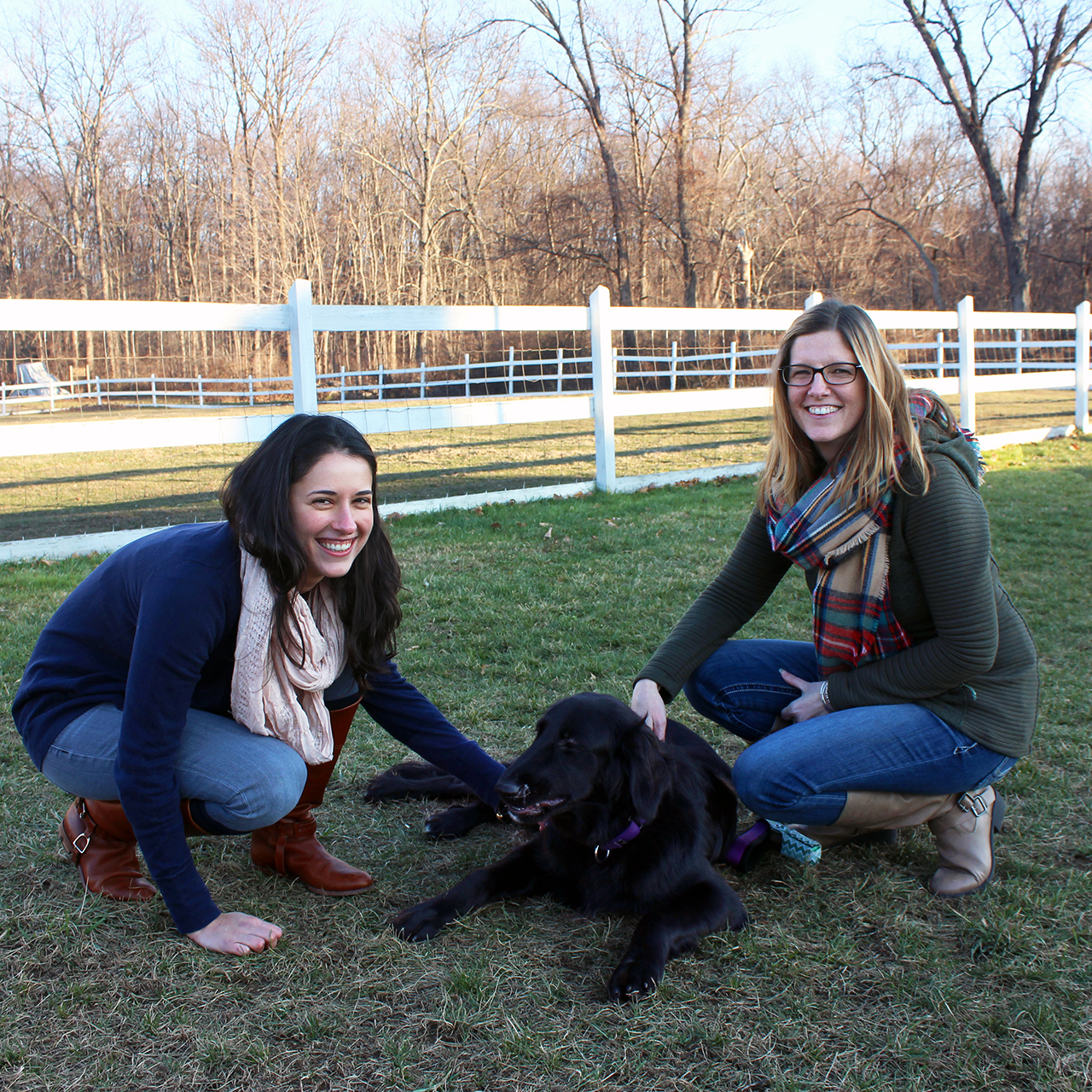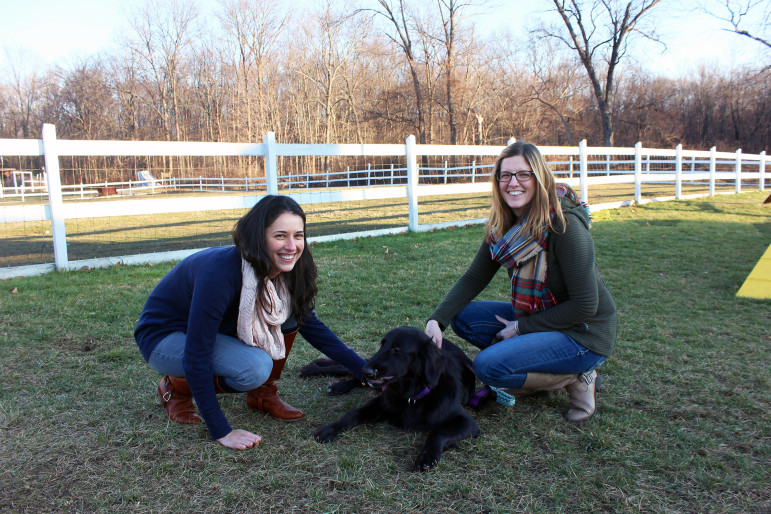Do you ever ask young people you serve to talk about their pets? If not, you may be missing out on a valuable opportunity to gain rich information about their family dynamics and screen for problems like conflict in the home.
According to the Humane Society of the United States, close to 80 million households include animals. Despite high rates of pet ownership, few therapists are trained to ask their clients about interactions with the animals in the home. This needs to change because the way people interact with their pets is related to their emotional health and the overall health of the family system.
Asking about pets can be a nonthreatening approach for engaging clients who may otherwise be resistant to therapy. Clients who struggle to talk about their relationships with family members, or to talk at all, are often open to talking about their pets.
We know from our work with children that bringing animals into therapy provides a wealth of information, regardless of whether treatment involves animals. The relational patterns that play out between individuals in the family also tend to play out between family members and pets. There is a great dialogue to be had about caregiving roles, attachment patterns and core beliefs that can grow from simple conversations about pets.
While a comprehensive evaluation of the role and treatment of pets in the home is the most effective way to gather information, there are a few questions that are particularly valuable in treatment planning:
Has anyone ever threatened or hurt your pet? Aggression toward pets can signal violence in the home. The relationship between animal harm and domestic violence is so well established that many states have adopted cross-reporting laws, which require child and animal welfare agencies to communicate when either agency identifies abuse.
We have found that children are more likely to disclose harm toward animals than harm toward other family members, so asking about animal welfare may increase the chances of uncovering domestic violence that might not otherwise be apparent. According to the American Humane Association, 68 percent of battered women reported violence toward their animals, with children present in 75 percent of the incidents. If animal harm is disclosed, it is important that a safety plan be created to protect all family members, including the animal.
What happens when the pet misbehaves? Asking about how pets are punished is a nonthreatening way to start a discussion about discipline. We have had children disclose that their pets were punished with physical discipline or extended periods of isolation for “being bad.” The information gained may guide exploration of behavioral expectations and parent training.
Who feeds the pet? Asking about who feeds the pet provides an opening for understanding family roles and responsibilities. It offers information about how basic needs are met and may uncover families who are struggling with day-to-day tasks.
What do you think it means to harm an animal? The answers to this question can depend on many factors, like culture, life experience and the ability to see things from another’s point of view. In treatment planning, it is important to recognize that children may define, and sometimes exhibit, animal harm differently for many reasons. A child who cannot define animal harm because of underdeveloped empathy skills will likely benefit from different treatments than a child who has been exposed to animal harm and views it as normal.
Have you ever had to say goodbye to an animal? This question may lead to a discussion of times in a child’s life when other losses have occurred (deaths, divorces) and shed light on how a family deals with loss and change. Some children have brought up significant losses, like the death of a sibling, and expressed feeling unable to talk about the losses for fear of making other family members sad.
When we ask clients about their animals, we invite them to share their lives through a different lens. The rapport and quality of information gained from exploring the human-animal relationship make the conversation an integral part of treatment.
School psychologist Joanna Becker, Ph.D. and social work supervisor Denise Luft, LMHC work at Green Chimneys, a special education school, residential treatment center and farm in Brewster, New York. They recently developed a comprehensive clinical assessment that evaluates a child’s experience with animals, sensory needs, trauma history and psychosocial challenges.
More related articles:
California High School Health Clinic Asks Students About Childhood Trauma to Improve Their Health
Uniting Sport and Therapy on One Field
Screening Youth for Depression Saves Lives

































